
Being immersed in the African savannah is like stepping into a dream where everything is vivid and bright with a primal glow. Every day is a journey to a world untamed, where nature’s laws reign, and animal instincts hum like the heartbeat of the earth. This week we caught up with some of our favourite creatures that fill this wonderful corner of the world.
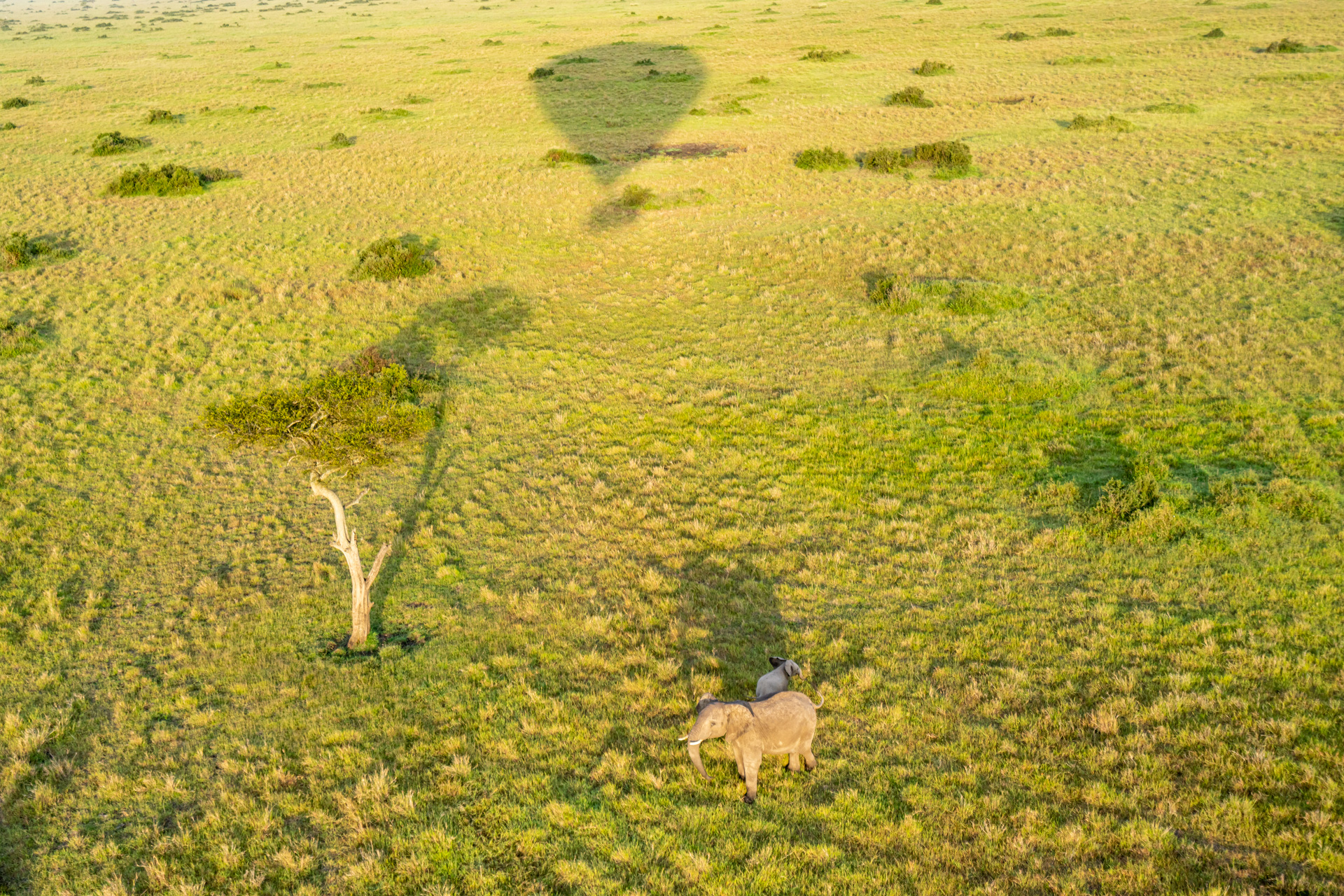


Hearing a leopard chewing on a reedbuck can send shivers down your spine — a reminder of the raw power and predatory skill of this elusive big cat. Leopards can easily pull prey many times heavier than their own body weight up a tree and feed on it for days. They have a fierce and tenacious reputation and will not shy from protecting their meals and territories from threats. Here we see the Salt Lick male in a tree, not far from the Baghdad Pond. Even though this male is quite large, he was so well hidden in the tree and could easily have been missed. After eating for some time, he rested and we could clearly hear his heavy panting as he digested the meal.
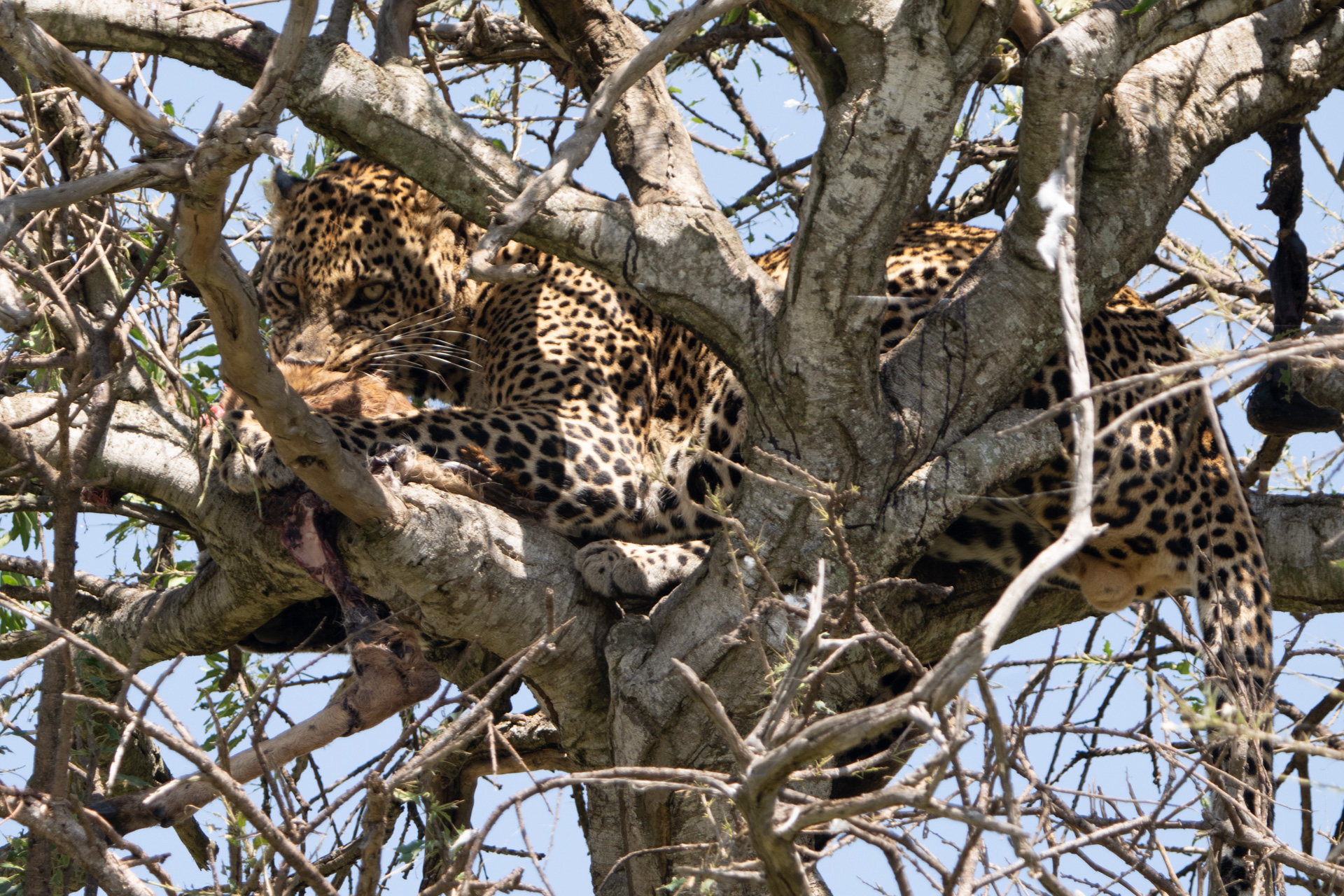
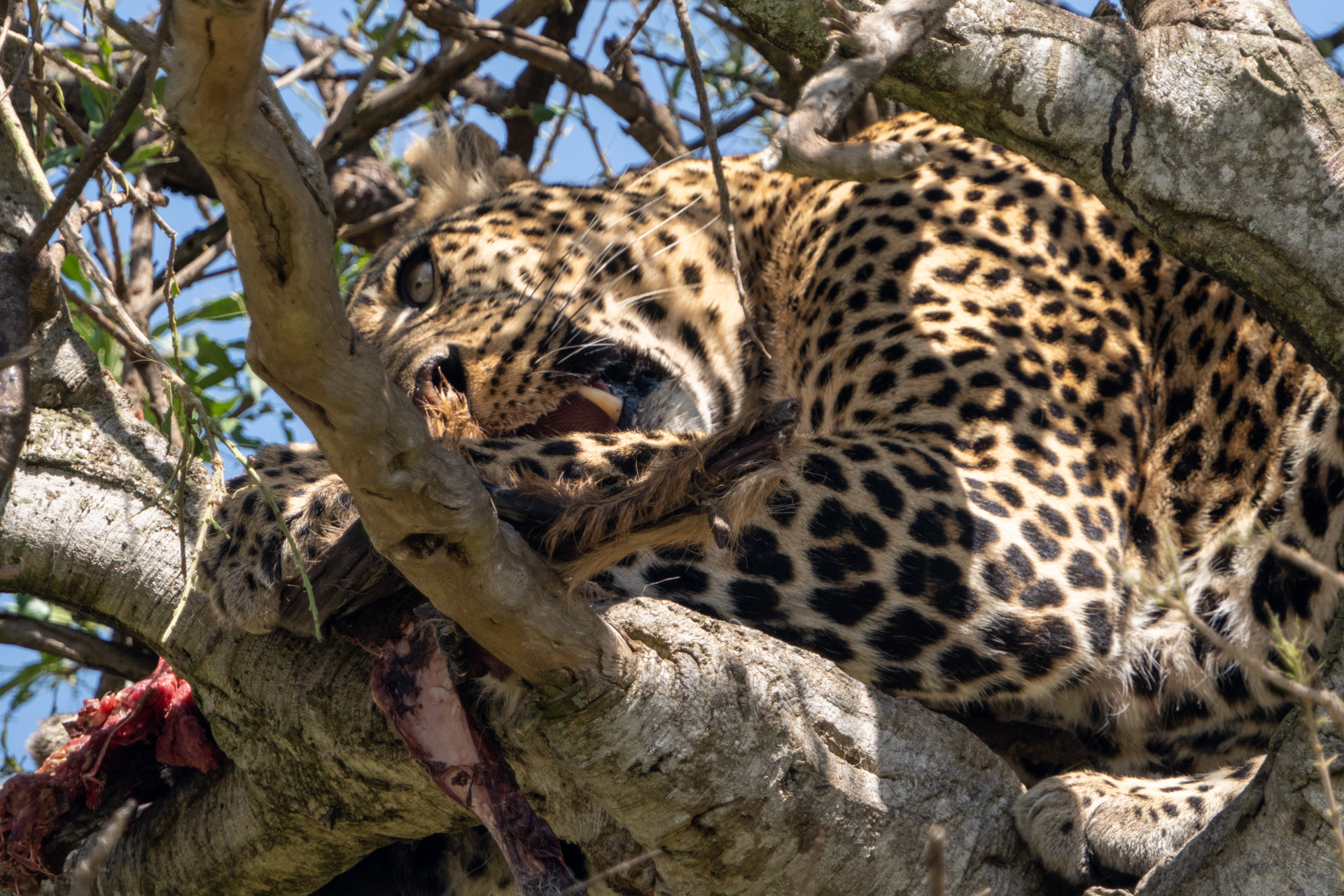
Alice, one of Angama Mara's guides, captured some photographs of the thriving female leopard, Nadallah, climbing up a tree. She also captured some skilful behaviour by a pair of Southern ground hornbills. One of Africa’s largest carnivorous birds, this one was seen carrying two snakes and a cricket in its beak but not eating them. This was an indication that there was a nest nearby that the birds were bringing food to.


We ran into the Nyati Six coalition of brothers. We saw four of them laying down not far from where the Salt Lick male was. Every few moments they would get up and display quite interesting behaviour — called flehmen, it is exhibited by big cats, curling their lips and exposing their teeth while inhaling a scent, usually from urine or other bodily secretions. This behaviour helps them analyse and process pheromones and other chemical signals that can convey information about potential mates, prey, or territorial boundaries. The curled lip posture directs these scents to a specialised organ in the roof of the mouth called the vomeronasal organ, also known as Jacobson's organ, which helps in the detection and interpretation of these signals.
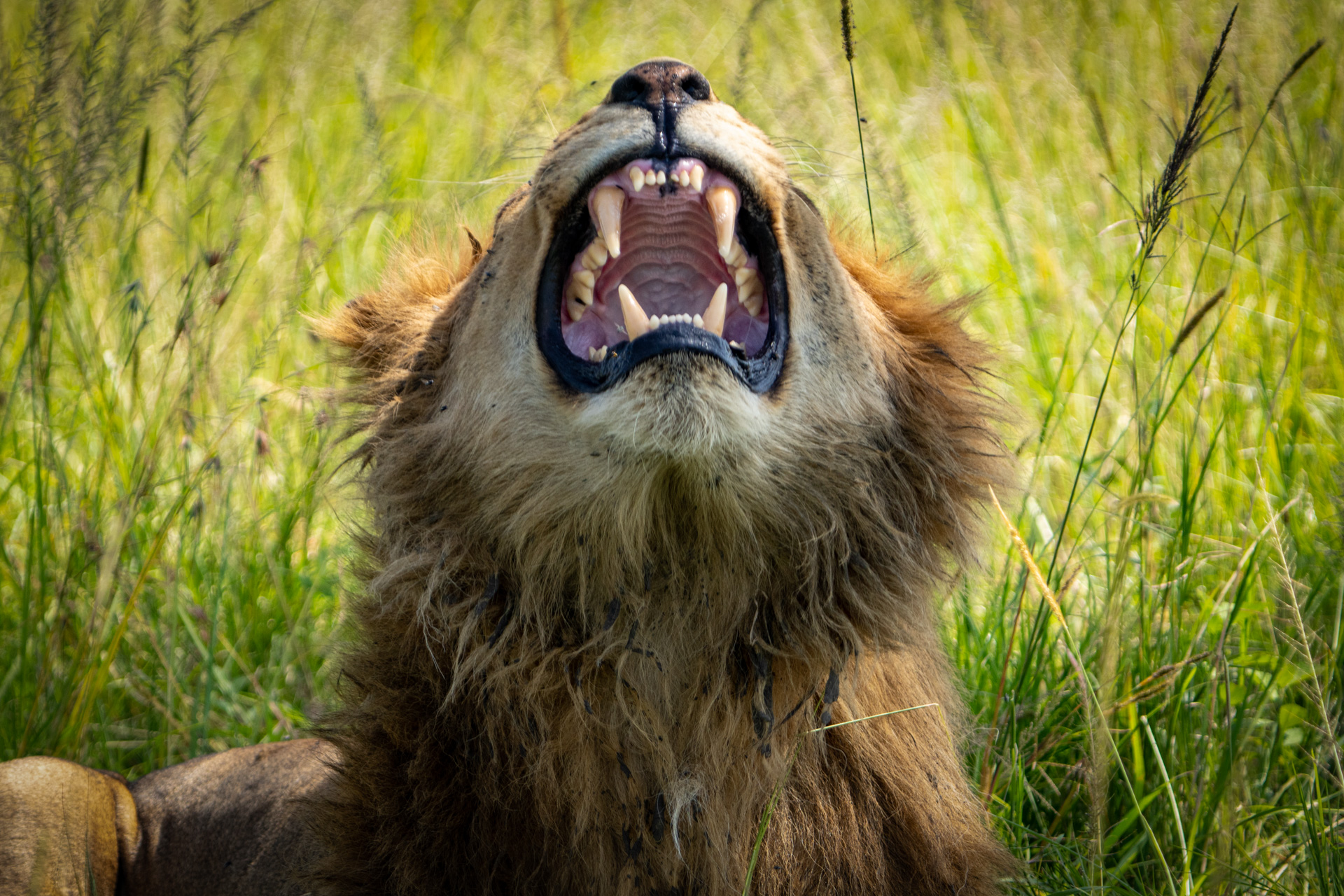
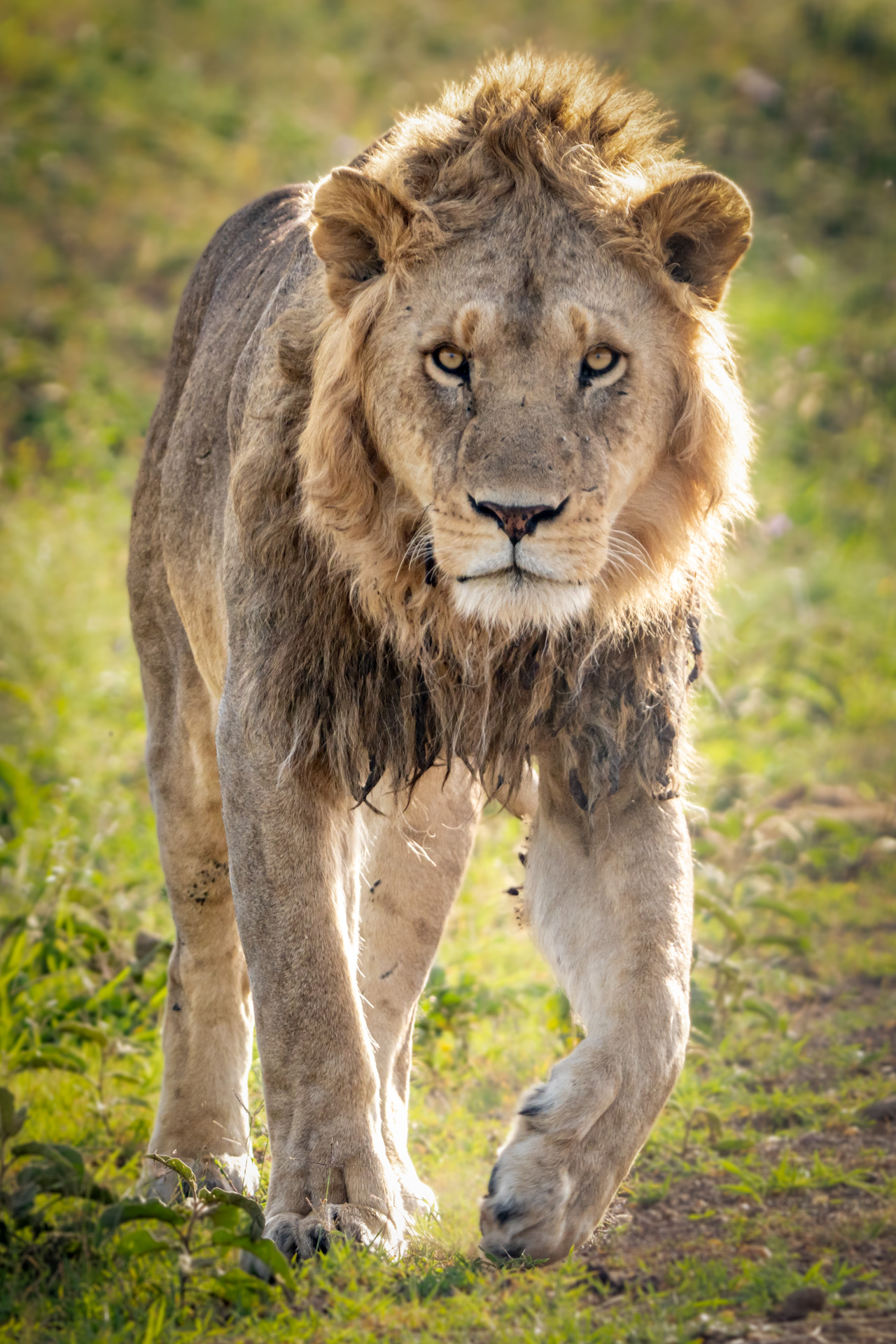

The Nyati Six are the fathers of the new cubs that have been seen with the Egyptian Pride. The flehmen behaviour could be in response to the scents left by members of the pride. This is a fascinating silent mode of sophisticated communication between members of the same species. Both guides Alice and Tito found that several members of the Nyati Six were seen with the Egyptian Pride at a buffalo kill earlier this week.


With the Egyptian Pride growing, our guests and guides spent some intimate moments with these bundles of joy. At this age, they are completely reliant on their mother who tends to hide the cubs when they hunt or are around the other bigger males. This will continue to happen until the cubs are older and more independent.
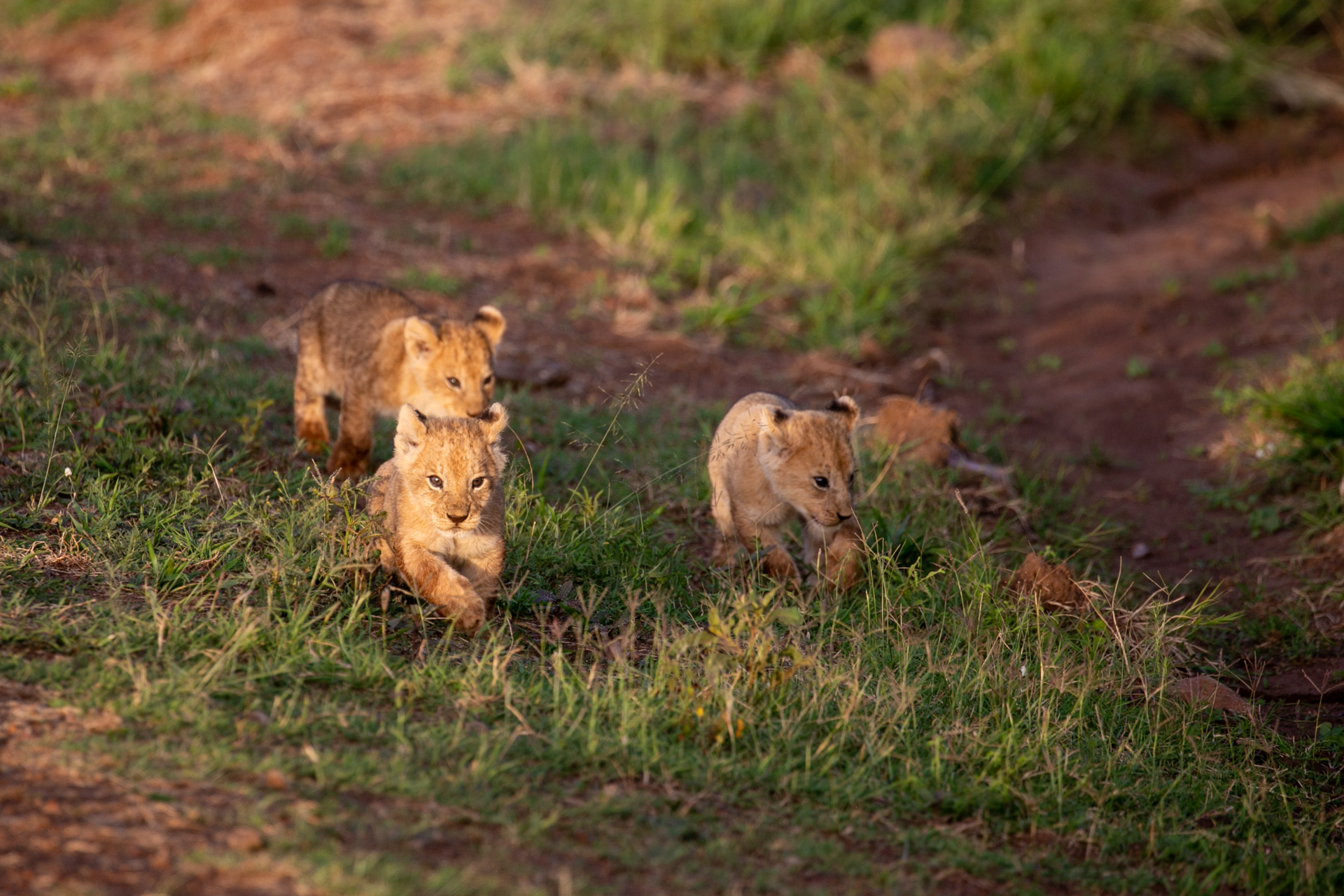
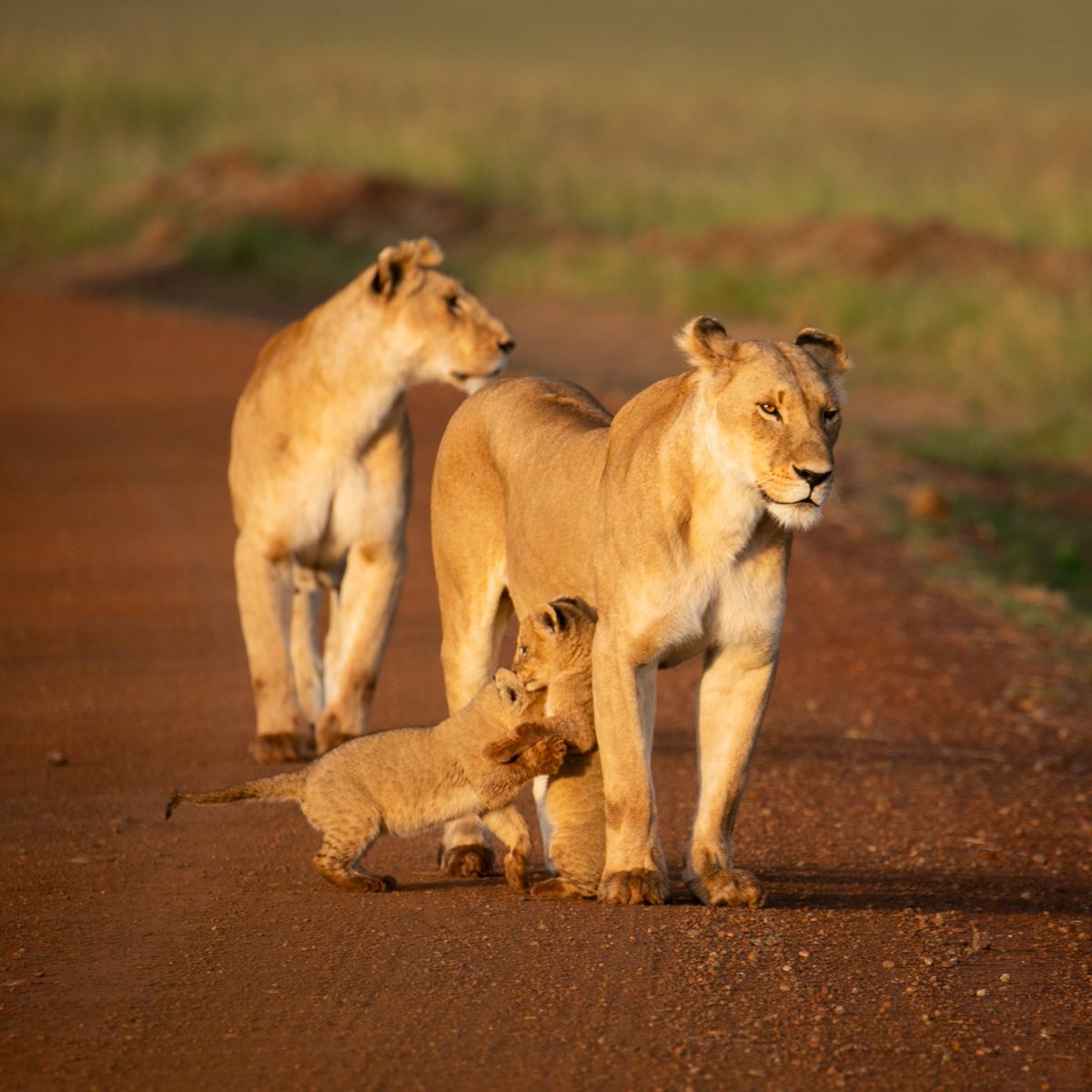

The two cheetah brothers Ruka and Rafiki (siblings of Risasi) were seen roaming the Triangle this week. It is so wonderful to see these brothers strong and working together to increase their chances of survival. Elly, another of Angama Mara's guides, noticed that their stomachs were small and they seemed to be on the hunt. The cheetahs watched patiently as a family of warthogs came quite close to them. One walked directly in front of them not noticing they were there. But it was not the right moment. They waited and a few minutes later a larger warthog passed by, and like a strike of lightning, both cheetahs burst through the air and each grabbed a side of the animal until it was dead.

Risasi had not been seen for some time which was cause for concern but fortunately was recently spotted with her two male cubs. We are still saddened by the loss of their two siblings but survival in the wild is never guaranteed and we watch as this family still defies the odds.
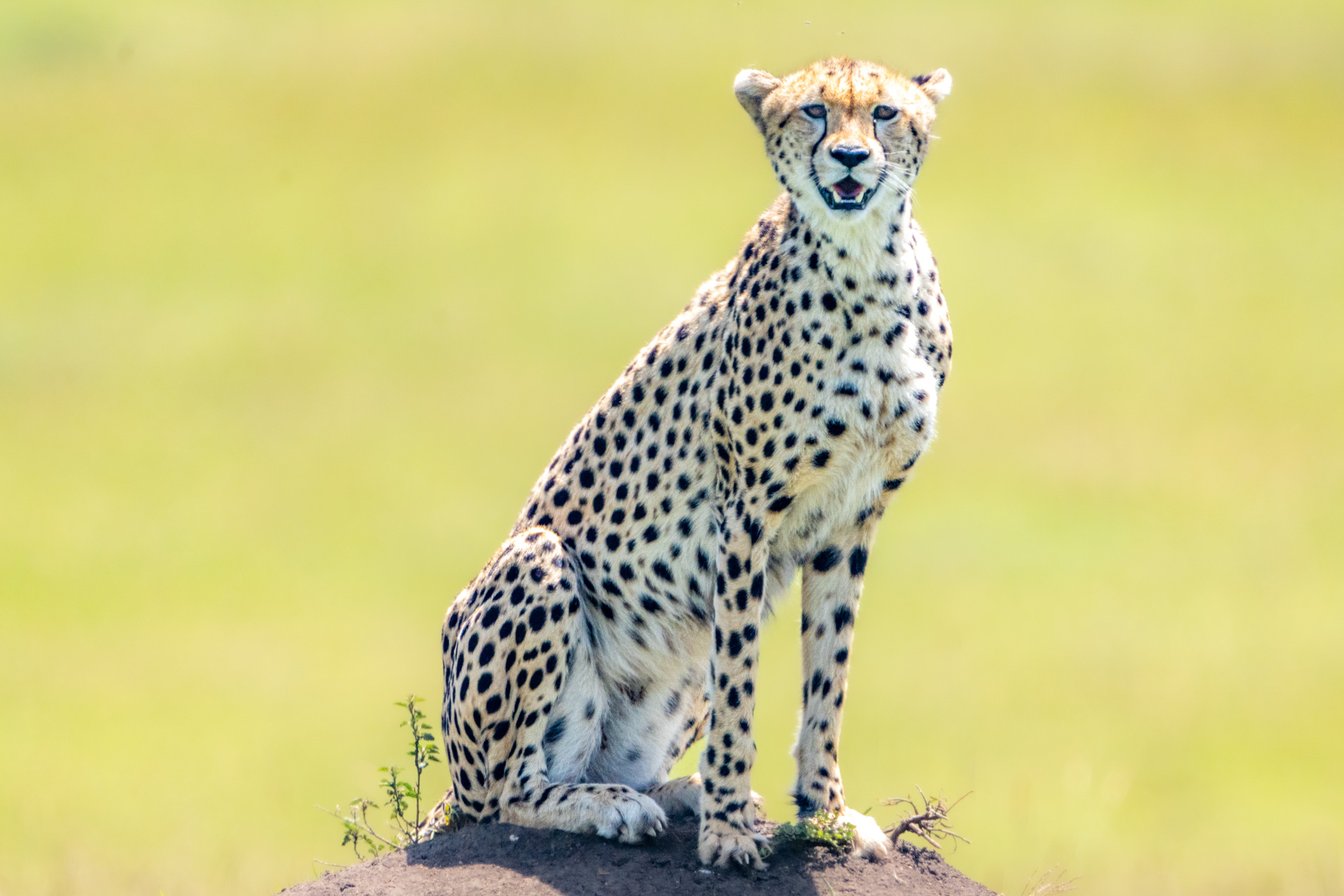

It is important to be aware that we live in a time where nature is not infinite or guaranteed, and resources are finite and few. We are in the era of Anthropocene, a geological age in which human activity has a dominant influence on the climate and environment. Yet there is a direct link between our well-being and our connection to nature. Every living creature, every tree and plant, every drop of water and every breath of air plays a vital role in the delicate balance of the ecosystem. It is important to embrace the responsibility of being stewards of the natural world so it can be protected for us and future generations. In doing so, we are not only preserving what we see around us but the very essence of what it means to be human.


Last year, we laughed as the old Shepherd Tree Male acted more like a curious meerkat than an esteemed leopard as he tried to get a better view over the long grass. We haven't seen Shepherd in a few months and are fearing old age may have finally caught up with him.
Filed under: This Week at Angama
Subscribe for Weekly Stories
Comments (0):

Angama Image Gallery